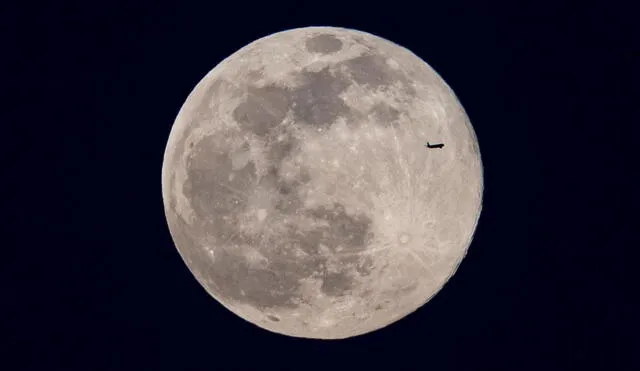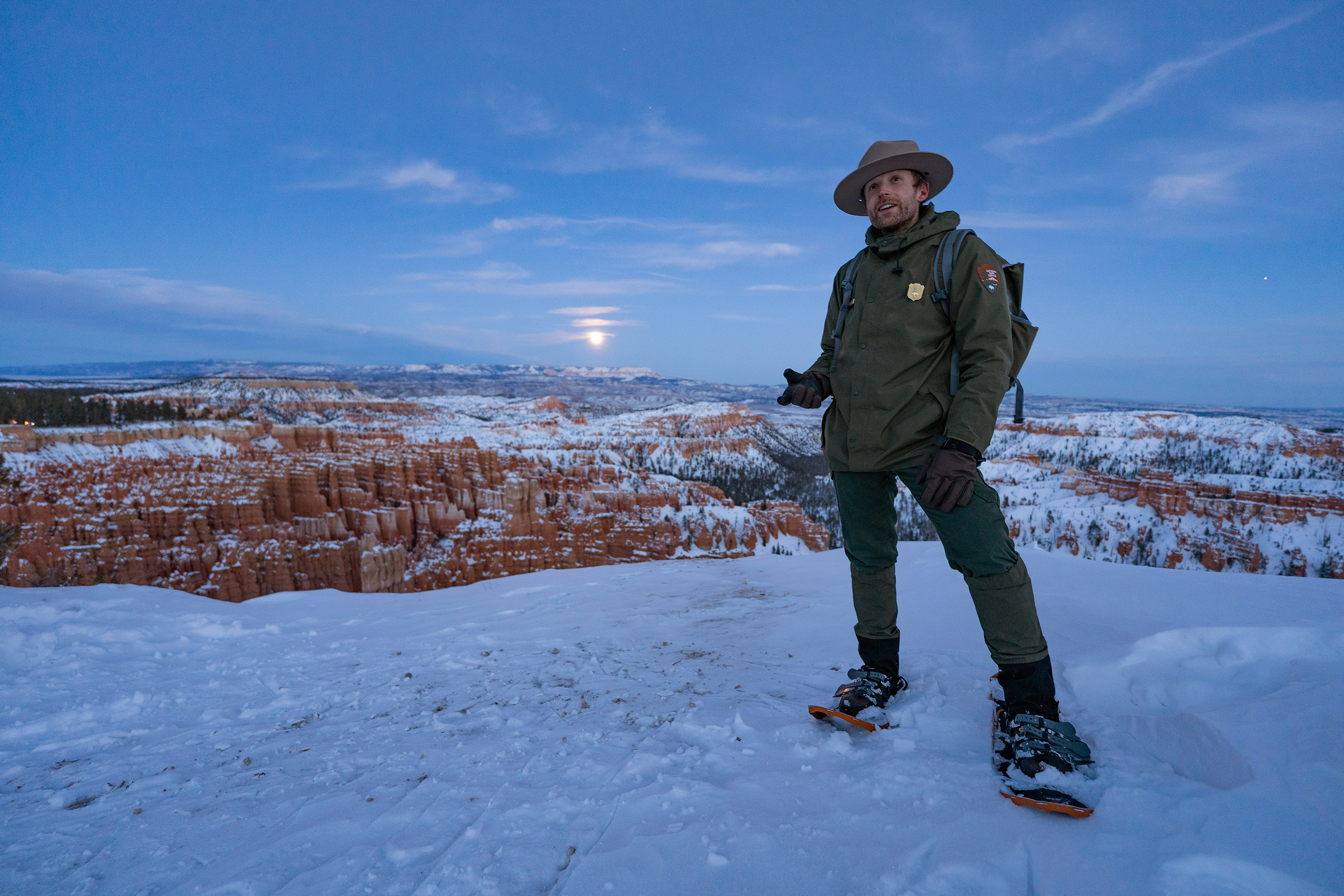Here’s how the Second Snow Moon of 2025 appeared: a look back at the best moments of this astronomical event
The Second Snow Moon of 2025 dazzled skywatchers with its stunning beauty, marking another unforgettable moment in the world of astronomy. As we reflect on this celestial event, let's take a closer look at the most captivating moments that made this rare occurrence so special.

The Snow Moon, the second full moon of winter, graced the skies this year on February 12, 2025. As the full moon ascended in the evening, it promised to deliver a stunning celestial display, illuminating the night with an otherworldly glow. This specific full moon is known for its striking appearance, as it rises in the eastern sky, casting hues of orange and red as it breaks over the horizon. For stargazers and moon enthusiasts alike, the Snow Moon offers a perfect opportunity to marvel at the beauty of our natural satellite during the winter months.
This remarkable event is not only a treat for skywatchers but also holds cultural significance in many parts of the world. The Snow Moon is a name derived from the time of year when the heaviest snowfall typically occurs. Observing this full moon could be an unforgettable experience if the right preparation and understanding of its timing were taken into account.
How could be a celestial event like no other in history?
To witness the Snow Moon in its full glory, it’s essential to be aware of the exact timing and location. The full moon rose at dusk, around 6:00 PM EST, and gradually ascended as the evening progressed. The best vantage points for observing this moon are areas with minimal light pollution, such as open fields or mountain tops. The clear, crisp winter air enhances the visibility of the moon's rise, making it a prime opportunity for photographers and astronomy lovers to capture the moment.
In addition to its visual allure, the Snow Moon carries historical and cultural significance. Traditionally, February's full moon was known as the Snow Moon because of the large snowstorms typically occurring during this period. Across various indigenous cultures, full moons hold spiritual importance, and the Snow Moon is often associated with renewal, transformation and balance. Whether you’re observing for the beauty or the meaning, the Snow Moon provides a moment of connection to nature and the cosmos.

Possible landscape for witness the Snow Moon. Photo: NASA.
Where could you see the Snow Moon and you can see the next one?
The Snow Moon could be viewed in most parts of the Northern Hemisphere, but certain locations enhance the experience. Urban settings often suffer from light pollution, so rural areas or national parks provide the best viewing conditions. For those living in regions with cold, clear nights, such as the northern U.S. or Canada, finding a dark-sky location offers the best view of the moon's ascent. To fully immerse yourself in the event, consider heading to an area with a wide, open horizon where you can witness the moonrise in all its glory.
The next full moon after the Snow Moon will be the Worm Moon, which will turn full at 2:56 a.m. EST on Friday, Mar. 14, 2025 — the third and final full moon of winter in the Northern Hemisphere, so it's important to find an elevated location, face east, or venture to an east-facing beach, if you don't want to miss the opportunity of witness it again. Both will off a clear view of the horizon and the best views of the Snow Moon, clear skies allowing. Your naked eyes are perfect for viewing, but a pair of binoculars will enhance your view of the lunar surface rising into view.












